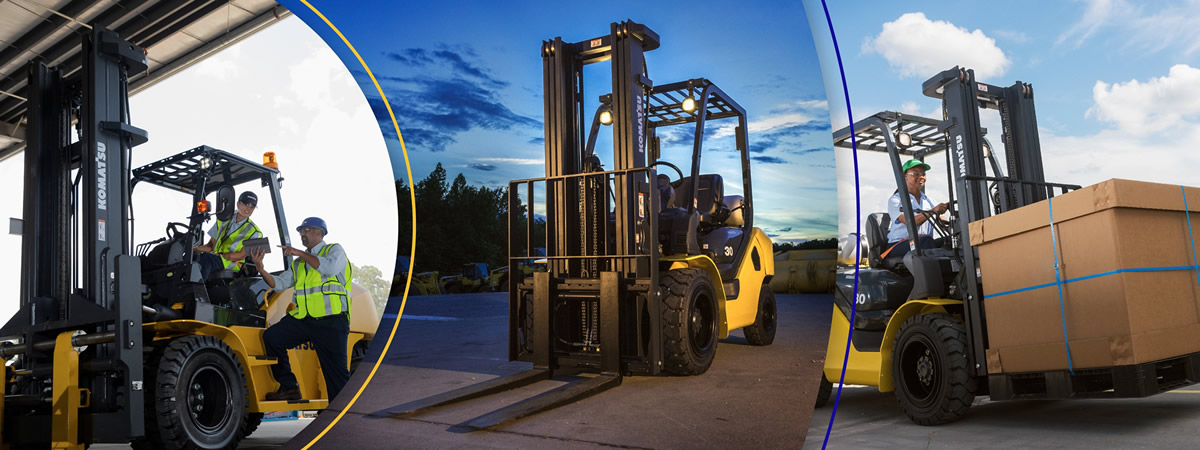
In today's fast-paced warehousing environment, the efficiency of material handling significantly influences overall operational performance. A recent report from the Material Handling Industry of America (MHIA) indicates that optimizing warehouse layout and equipment can improve productivity by up to 30%. Among the various tools available, pallet jacks stand out as essential assets for any warehouse seeking to enhance its workflow.
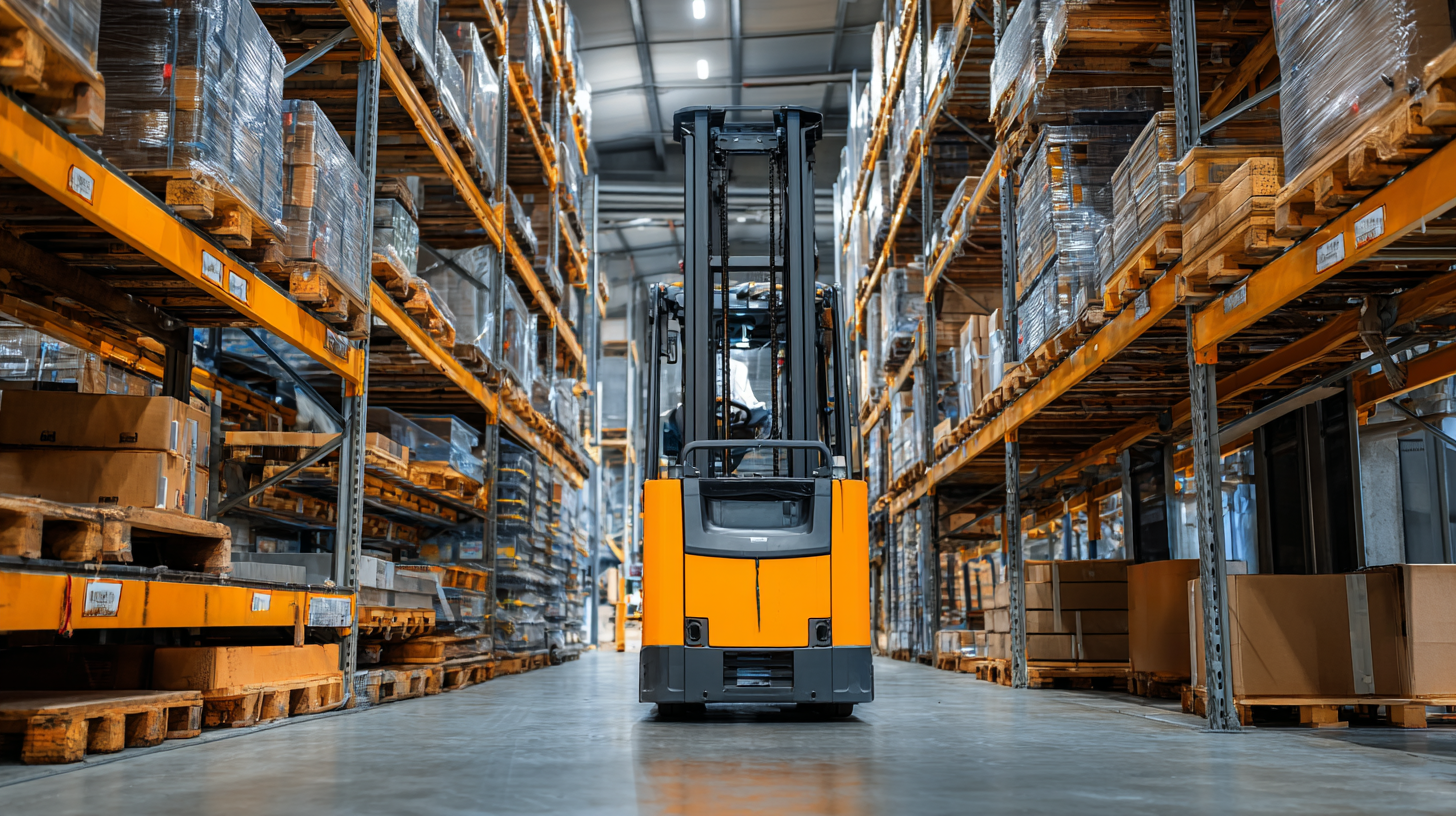 These versatile devices not only facilitate the movement of heavy goods but also reduce the risk of workplace injuries, leading to safer working conditions. Moreover, a study published by the Occupational Safety and Health Administration (OSHA) highlights that proper use of pallet jacks can decrease the incidence of injuries related to manual lifting by nearly 40%. Choosing the right pallet jack tailored to your specific needs is therefore crucial in streamlining operations and driving efficiency within your warehouse.
These versatile devices not only facilitate the movement of heavy goods but also reduce the risk of workplace injuries, leading to safer working conditions. Moreover, a study published by the Occupational Safety and Health Administration (OSHA) highlights that proper use of pallet jacks can decrease the incidence of injuries related to manual lifting by nearly 40%. Choosing the right pallet jack tailored to your specific needs is therefore crucial in streamlining operations and driving efficiency within your warehouse.
When selecting the right pallet jack for your warehouse, it is crucial to start by evaluating your specific needs, particularly focusing on load capacity and dimensions. According to a report from Material Handling Industry (MHI), optimizing equipment selection based on load requirements can enhance operational efficiency by as much as 30%. Understanding the weight of the products you plan to move is essential; for example, selecting a pallet jack with a load capacity of 5,500 lbs is vital for handling heavier goods, while lighter loads may only require a jack rated for 2,500 lbs.
In addition to load capacity, the dimensions of your pallet jack should align with the sizes of your pallets and aisles. Narrow aisles can significantly impact your choice, as a standard pallet jack may not maneuver efficiently in constrained spaces. Data from the Warehousing Education and Research Council (WERC) indicates that warehouses optimized for aisle width can increase storage capacity by up to 20%. Therefore, assessing both load capacities and dimensions will aid in selecting a pallet jack that enhances your warehouse's overall efficiency and productivity.
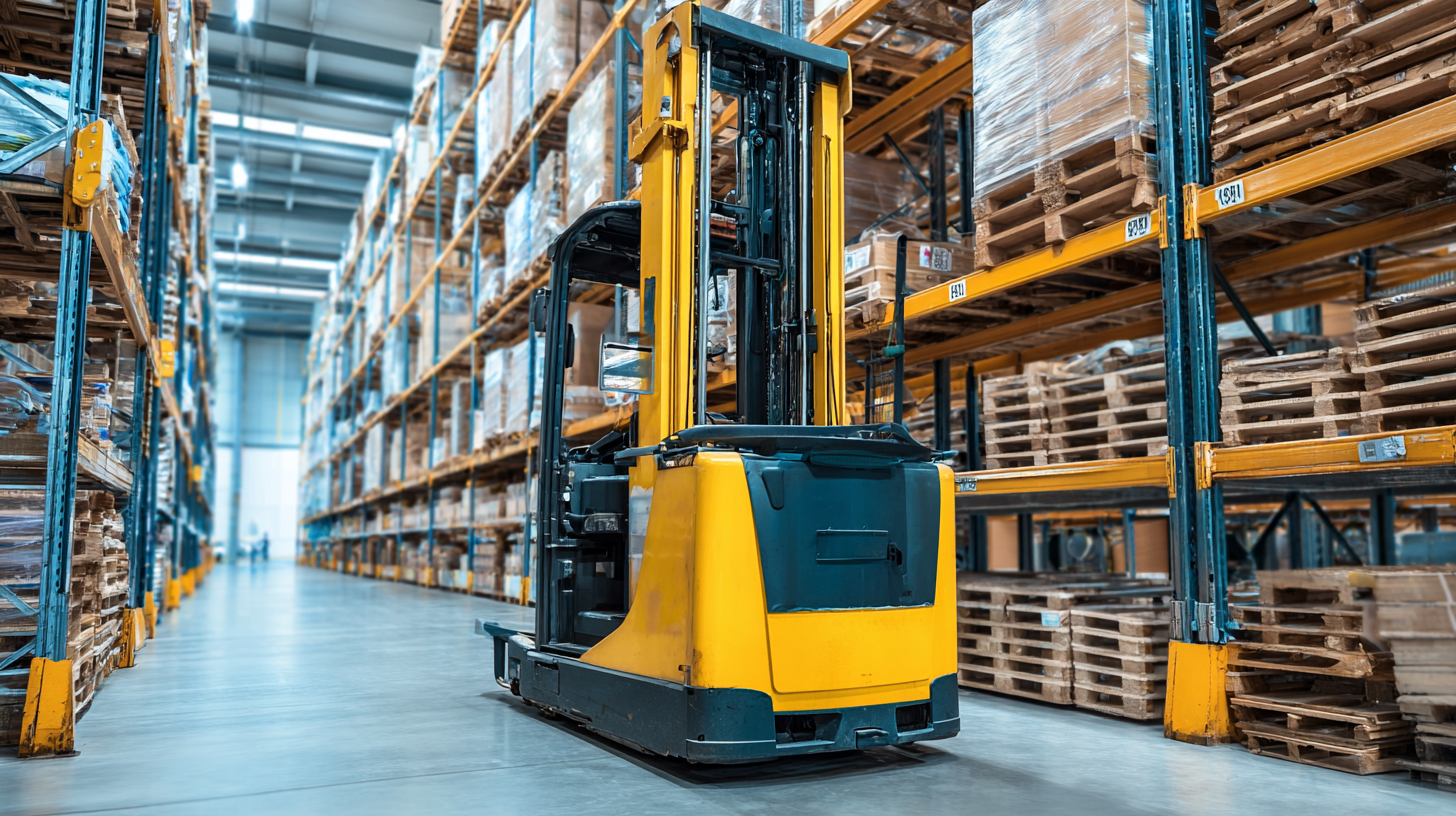 When it comes to maximizing warehouse efficiency, selecting the right pallet jack is crucial. The two main types you will encounter are manual and electric pallet jacks, each possessing specific advantages tailored to different operational needs.
Manual pallet jacks are cost-effective and easy to maintain, making them ideal for smaller operations or environments where heavy lifting is required on a less frequent basis. They offer simplicity and reliability, allowing workers to maneuver pallets without relying on batteries or electric components.
When it comes to maximizing warehouse efficiency, selecting the right pallet jack is crucial. The two main types you will encounter are manual and electric pallet jacks, each possessing specific advantages tailored to different operational needs.
Manual pallet jacks are cost-effective and easy to maintain, making them ideal for smaller operations or environments where heavy lifting is required on a less frequent basis. They offer simplicity and reliability, allowing workers to maneuver pallets without relying on batteries or electric components.
On the other hand, electric pallet jacks take efficiency to the next level with their powered lifting capabilities, which reduce the physical strain on employees and increase productivity. These machines are suited for larger warehouses where heavy loads are handled regularly, as they can transport pallets quickly over longer distances. Moreover, electric models typically come with features like adjustable forks and enhanced maneuverability, allowing for better handling in tight spaces. Understanding these differences can help warehouse managers choose the pallet jack best suited for their operational needs.
When choosing a pallet jack for your warehouse, it's essential to consider unique features that can significantly enhance efficiency. First and foremost, look for a model with adjustable forks; this flexibility allows you to handle various pallet sizes and shapes seamlessly, reducing the time spent maneuvering different loads. Additionally, consider pallet jacks with ergonomic handles that include advanced cushioning and multiple grip positions, which not only improve user comfort but also decrease fatigue during long shifts.
Another critical feature to contemplate is the load capacity. Selecting a pallet jack with a suitable weight limit ensures safety and efficiency while transporting heavy goods. Additionally, electric pallet jacks can offer substantial advantages over manual ones by reducing physical strain and speeding up operations. Models with built-in scales can also streamline the inventory process by allowing you to weigh products while moving them, saving time and resources. Invest in pallet jacks equipped with durable wheels designed for your warehouse floor type, as this will enhance maneuverability and reduce wear and tear on both the equipment and the flooring.
When selecting a pallet jack for your warehouse, maintenance and durability should be at the forefront of your decision-making process. A well-maintained pallet jack not only enhances operational efficiency but also ensures safety in the workplace. Look for models that come with durable components, such as reinforced forks and high-quality wheels, which can withstand the rigors of daily use. It's also essential to choose a pallet jack that is easy to service, with readily available replacement parts and a straightforward maintenance schedule.
Consider investing in a pallet jack that has a proven track record of durability. Options made from robust materials, such as heavy-duty steel, are less prone to wear and tear, providing a longer lifespan. Additionally, features like rust-resistant coatings and ergonomic design contribute significantly to longevity. Regular inspections and proper cleaning will further enhance the durability of your equipment. By prioritizing maintenance and choosing a long-lasting pallet jack, you can significantly improve the efficiency and reliability of your warehouse operations.
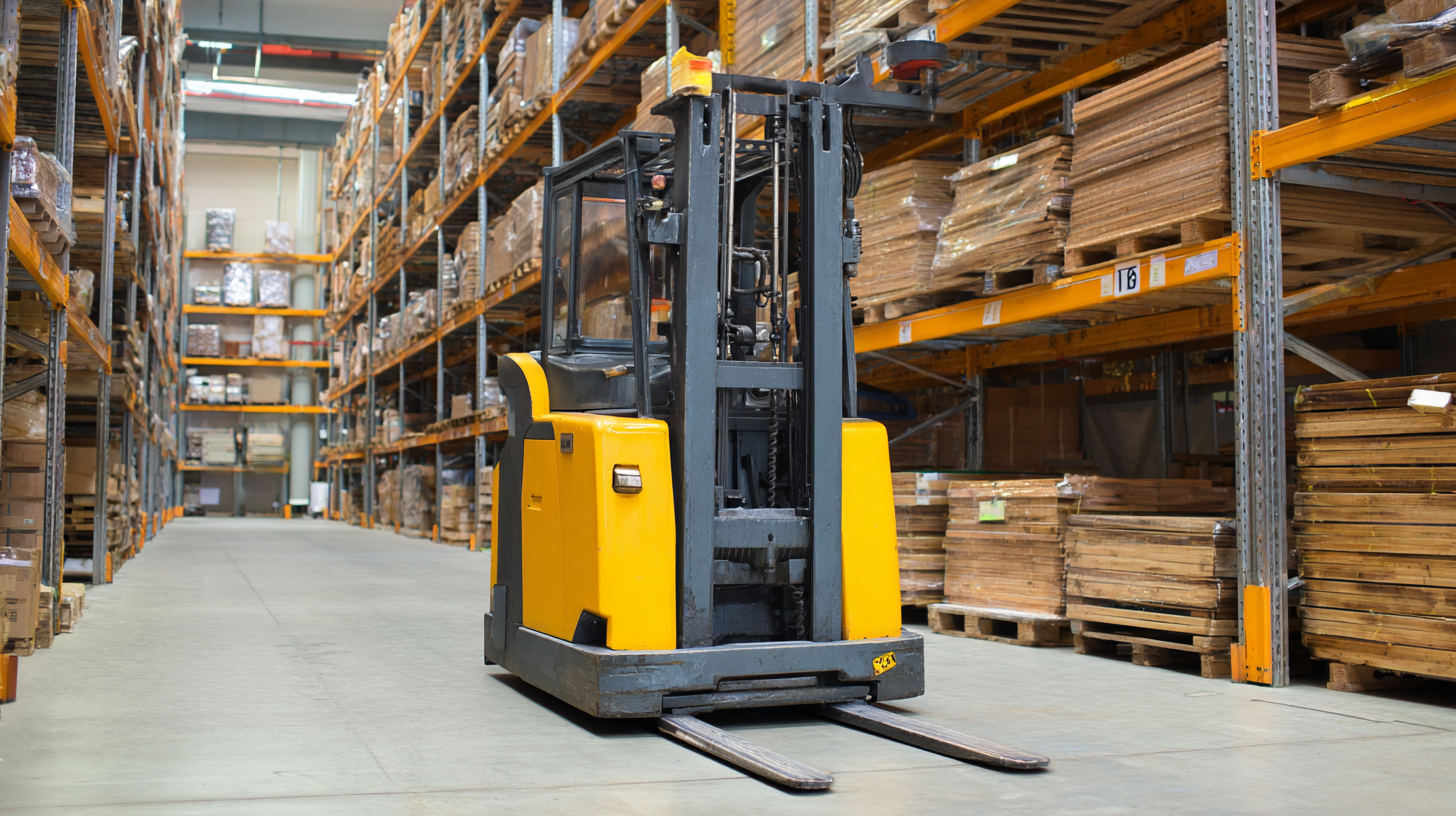
When considering the purchase of a pallet jack, it's essential to weigh the cost against the potential benefits, particularly in terms of return on investment (ROI). According to a report by the Material Handling Industry of America, implementing efficient material handling systems can lead to productivity increases of up to 30%. This efficiency not only streamlines warehouse operations but also significantly reduces labor costs over time. For example, a standard manual pallet jack costs between $300 and $600, while electric models may range from $2,000 to $5,000. However, the initial investment can be recovered through decreased labor hours and faster order fulfillment.
Moreover, a study from the Occupational Safety and Health Administration (OSHA) indicated that inadequate material handling equipment is responsible for nearly 25% of warehouse injuries. By investing in high-quality pallet jacks, businesses can minimize the risk of workplace accidents, potentially saving thousands in medical expenses and workers' compensation claims. In essence, while the upfront costs may seem substantial, the long-term financial benefits, including enhanced safety and productivity, make investing in the right pallet jack a strategic decision for any warehouse operator.
This bar chart illustrates the return on investment (ROI) for different types of pallet jacks based on cost and efficiency benefits observed in a warehouse setting.

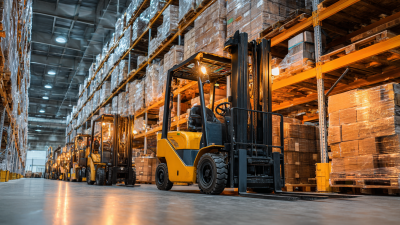
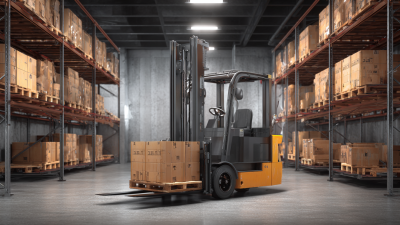
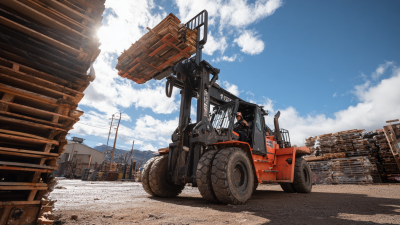
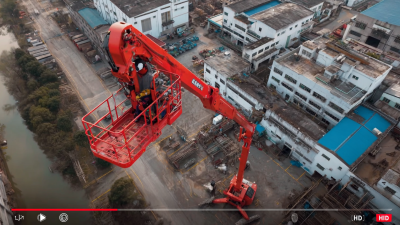

Content © 2025 Komatsu. All Rights Reserved
